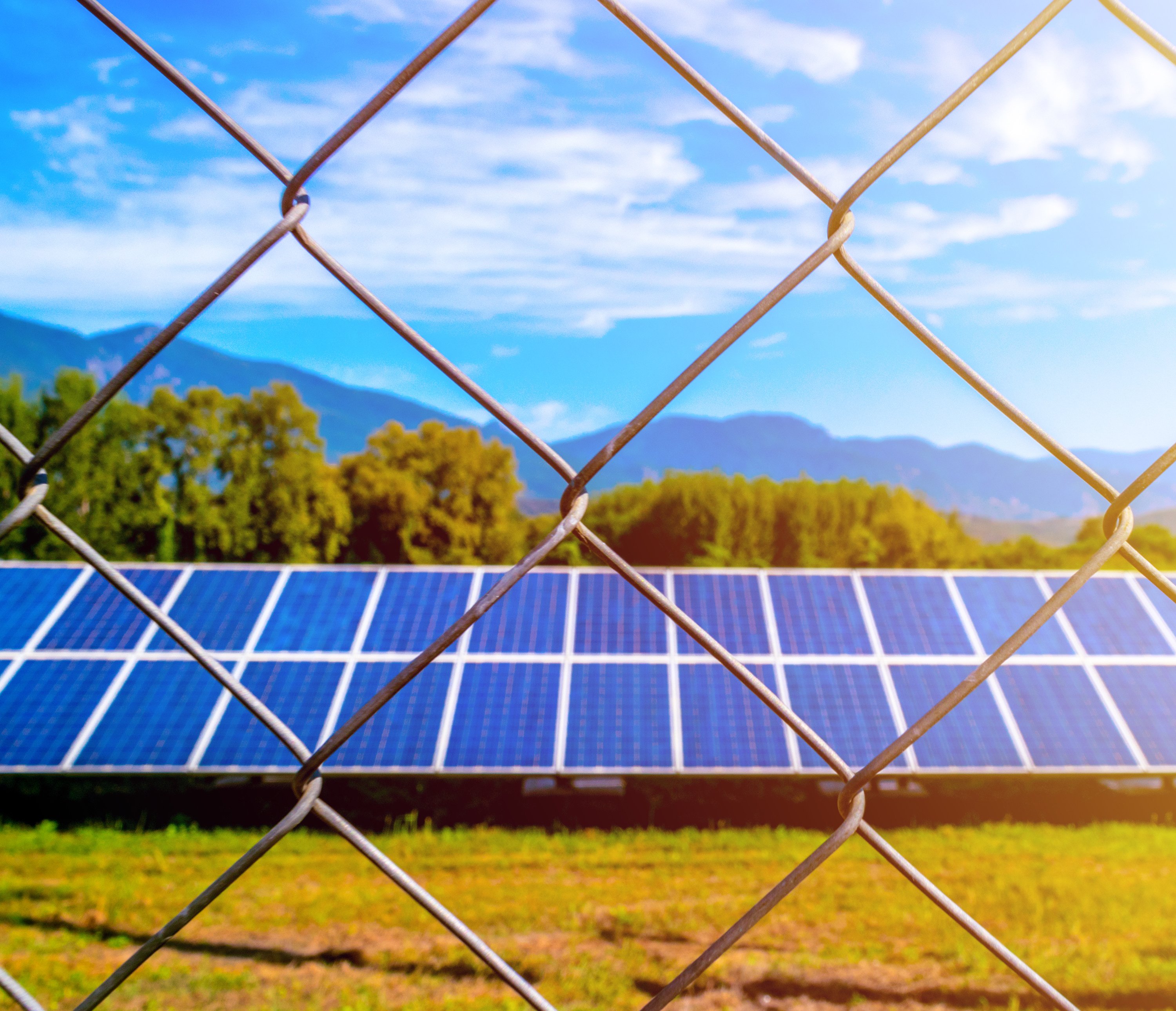
Listen to the audio version
Renewable energy generation isn't always welcomed with open arms.
In an era where sustainable energy solutions are more critical than ever, solar development has emerged as a promising avenue for clean and renewable power generation. However, the path to solar energy adoption is not always smooth, as communities grapple with a myriad of concerns that collectively shape what is known as "community sentiment." This blog delves into the intricate web of social impacts that have led to community hesitancy around solar development in various areas, including ecological impacts, development noise, solar farm fires, and land infringement. We'll also explore how renewable energy technologies, such as Transect's AI Solar Sentiment Mapping, are revolutionizing the way developers assess and address these concerns.
Community Sentiment: The Driving Force Behind Solar Hesitancy
The term "community sentiment" encompasses the collective emotions, opinions, and attitudes of local communities towards solar power development projects in their region. This sentiment is profoundly influenced by several factors, each of which plays a pivotal role in shaping public perception.
1. Ecological Concerns:
One of the primary sources of community sentiment against solar development stems from ecological concerns. Critics argue that vast solar farms disrupt local ecosystems, leading to habitat destruction, changes in land use, and potential harm to wildlife. These concerns highlight the need for sustainable site selection and thoughtful environmental impact assessments to mitigate adverse effects on local ecosystems.
2. Development Noise:
Utility-scale and rooftop solar installations aren't silent. The construction and operation of large-scale and small-scale solar facilities can produce noise pollution, which can be a significant point of contention for nearby communities-especially in rural areas. Understanding the potential acoustic impact on neighboring areas and implementing noise reduction measures is essential to addressing this aspect of community sentiment.
3. Solar Farm Fires:
Although solar panels themselves are not prone to combustion, solar farm fires can occur due to various factors such as electrical faults or equipment malfunctions. These incidents can lead to concerns about safety and the potential for environmental damage. Developers must invest in safety measures and engage with communities to address these apprehensions effectively. We know what developer does want is effective, ethical energy generation, not to become a case study about the dangers of renewable energy systems.
4. Land Infringement:
Solar projects often require large tracts of land, which can encroach upon agricultural or natural areas. This land infringement can trigger protests from local communities, especially if the project disrupts traditional land uses or threatens cultural heritage sites. A comprehensive understanding of local land rights and community engagement is crucial to navigate these issues successfully.
Transect's AI solar sentiment Mapping: A Game-Changer for Developers
Recognizing the importance of community sentiment in solar development, Transect is currently beta testing an innovative tool that leverages cutting-edge AI technology to assess public sentiment towards solar energy. This AI solar sentiment Mapping tool analyzes an extensive range of data sources, including social media conversations, news articles, and online forums, to provide invaluable insights into public perceptions and attitudes surrounding solar energy production. Select solar developers are currently able to access the tool and utilize these insights for their upcoming solar projects.
How Transect's AI solar sentiment Feature Works:
1. Natural Language Processing (NLP):
The AI employs sophisticated NLP techniques to identify keywords and phrases related to solar energy from a vast array of online sources. This comprehensive data collection ensures that the sentiment analysis is based on a diverse and representative dataset.
2. Sentiment Analysis:
Advanced sentiment analysis algorithms categorize the sentiment as positive, negative, or neutral based on the language used in the content. This categorization provides developers with a clear understanding of how the public perceives solar energy initiatives.
3. Trend Tracking:
Machine learning models continuously track sentiment trends over time, enabling policymakers and businesses to gauge shifts in public perception. This information is invaluable for adapting outreach strategies, fine-tuning policy development, and informing the decision-making process solar energy providers.
Robin Laine, CEO of Transect, underscores the significance of this innovative tool: "Transect's AI Solar Sentiment Mapping marks a pivotal moment in our commitment to enhancing the renewable energy landscape. By harnessing the power of AI and data analytics, we empower solar industry stakeholders to make informed decisions, engage communities effectively, and advance sustainable energy solutions. Our mission is to drive positive change, and this innovation exemplifies our dedication to that cause."
Conclusion
Understanding and addressing community sentiment is paramount as solar energy continues to gain prominence in the quest for sustainability and clean energy sources. Communities' concerns regarding ecological impacts, development noise, solar farm fires, and land infringement are genuine and require careful consideration. As these communities continue to voice their concerns over solar power plant risks, energy policy will continue to be created as a mitigation effort for the social impacts of renewable energy projects.
Transect's AI solar sentiment Mapping is currently in beta testing and offering a transformative solution by providing select solar developers with the insights needed to navigate these challenges effectively. With this innovative tool, solar industry stakeholders can forge a path toward cleaner, greener energy while ensuring that the voices and concerns of local communities are heard and respected.
This approach is essential not only for the future of solar energy but also for combating climate change, reducing greenhouse gas emissions, and the energy transition from fossil fuels to renewable energy sources. It aligns with recent years' trends in renewable energy development, as American and global communities increasingly seek sustainable energy sources that prioritize both environmental and socioeconomic well-being. By harnessing the power of AI and data analytics, solar developers can ease the planning process, gain public support, and contribute to economic development while advancing our shared energy strategy for a more sustainable future.

